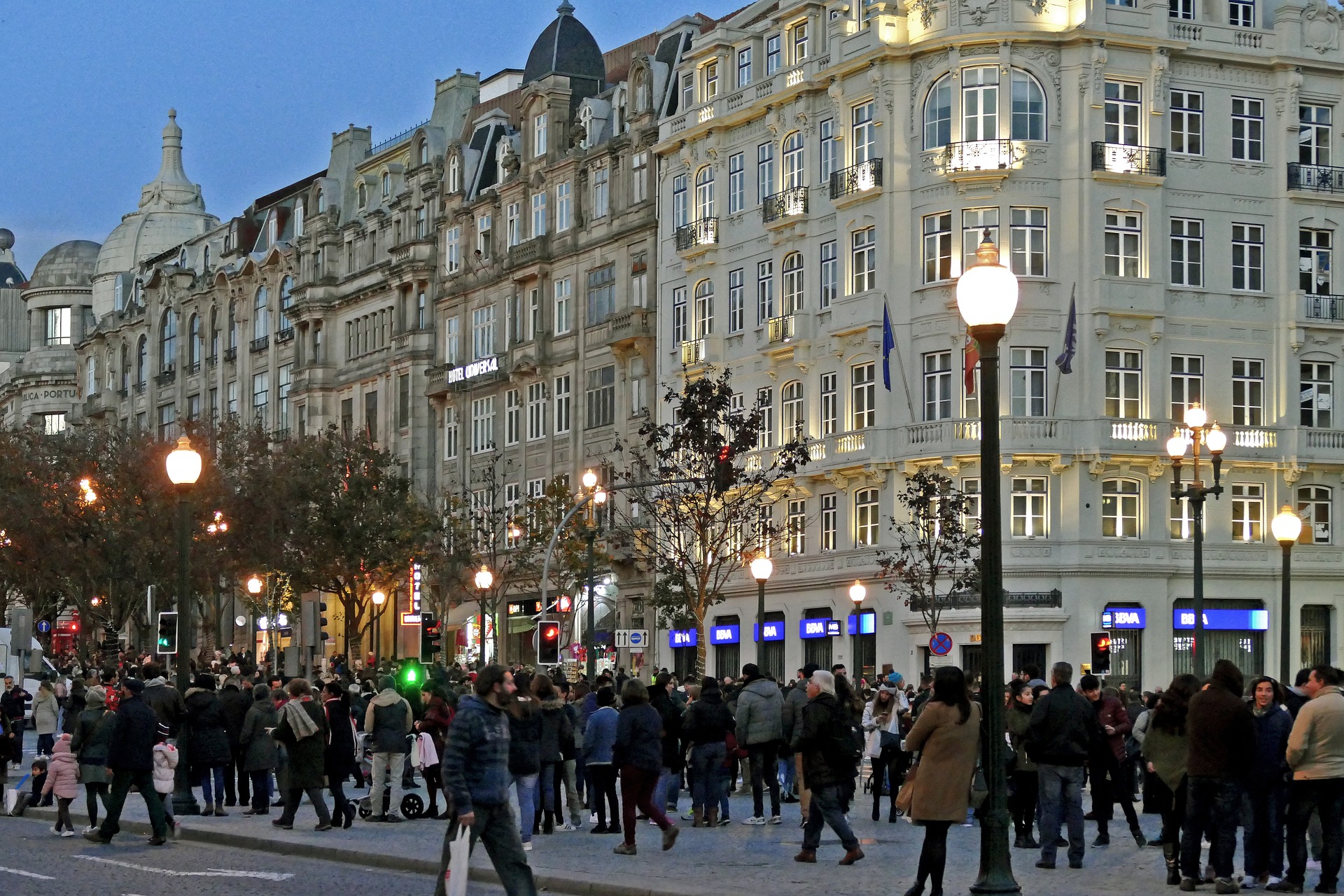La Française: European real estate market - recovery is gaining momentum in Q3 2021
La Française: European real estate market - recovery is gaining momentum in Q3 2021

By Virginie Wallut, Director of Real Estate Research and Sustainable Investment at La Française Real Estate Managers
Real estate has upheld its status as a safe haven, driven by an attractive risk/return ratio in a low interest-rate environment. Despite the abundance of liquidity, the investment market is somewhat tight and restricted by the quality of supply. Investors remain extremely selective and are increasingly sensitive to Environmental, Social and Governance (ESG) criteria.
In the rental market, the demand for office space is mainly focused on the most efficient and sustainable premises in centrally located and accessible areas. Against this backdrop, investors are turning their attention to “state of the art” buildings owing to their ability to cater to the new challenges, such as flexible offices and co-working, as well as to increasingly demanding energy criteria.
The search for centrally located premises should help to maintain the attractiveness of traditional business districts, which continue to benefit from low vacancy.
Increasing investment volumes
In the third quarter of 2021, European investment volume for offices continued to grow and reached €153 billion YTD as at 30/09/2021. Germany (€37.9bn), the UK (€37.5bn) and France (€16bn) remain the markets favoured by both local and international investors. Investors are mainly focusing on assets in the centre of capital cities, particularly in the office segment, although major regional cities are playing an increasing role.
Offices remain the most popular asset class for investors, accounting for 50% of investments in Europe YTD as at 30/09/2021, followed by logistics at 30%. Tourism assets have recovered strongly with investment volumes up 63% in Q3 compared to the same period in 2020. The retail segment, especially the food, household goods and sports sectors, is recovering due to a new urban retail hierarchy.
Finding a new balance in office rental markets
In the wake of the first signs of recovery witnessed in the first half of 2021, the rental market in major European cities gained momentum in Q3 2021. Despite the rise of remote working, offices remain essential to corporate culture. and are increasingly geared towards promoting the well-being of their users.
Take-up increased by 47% in Q3 2021 compared to Q3 2020. Another encouraging sign can be found in the evolution of net absorption, which refers to new demand for real estate space. It turned positive in Q2 2021 for the first time since Q4 2019 and posted an increase of 339% Q-on-Q in Q3 2021, thus illustrating occupier growth plans.
In Europe, immediate supply declined in Q3 2021 for the first time since the start of the pandemic. The decline in available supply was particularly evident in Berlin, which posted a drop of 22% over one quarter. Vacancy rates in the larger European cities remain generally under control, ranging from below 3% in the main German cities to above 10% in Madrid and Milan.
Although the share of new office space has increased due to a high delivery rate of projects begun before the health crisis, office supply as a whole is still mainly made up of second-hand assets that no longer meet users' expectations.
Solid performance of prime rental prices
The gap between assets that meet new practices in central locations and those that no longer meet user expectations is widening and leading to the creation of a two-tier market. For grade-A properties, prime rents remain broadly stable at record high levels across Europe. Berlin, Lyon and London have recorded year-on-year increases in headline rents, while prime rents adjusted in Dublin and Madrid. The outskirts of large cities, where supply remains substantial, are also experiencing downward pressure on their rents.
Incentives have increased across all European markets, both at the time of signing new leases and when negotiating the renewal or extension of existing leases. The gap between headline and economic rental values is widening.
Sources: CBRE, La Française REM Research








